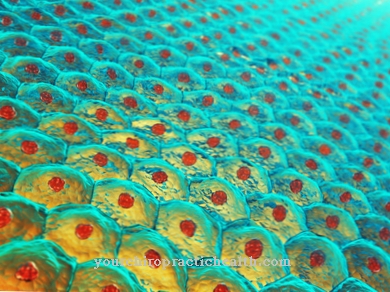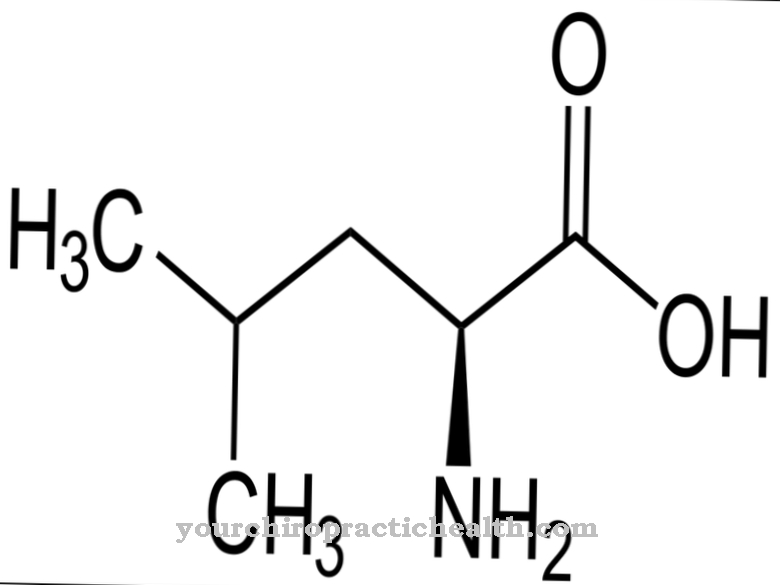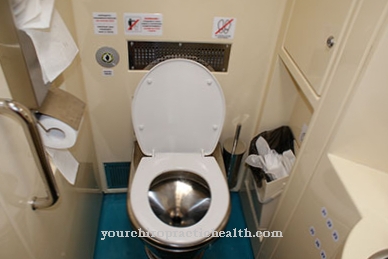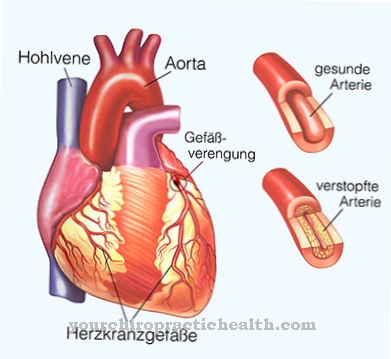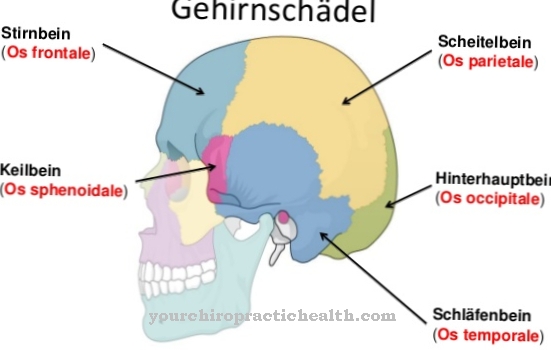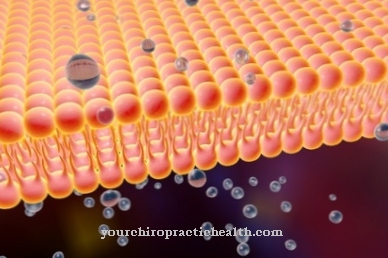The Glycogen consists of glucose units and is a polysaccharide. In the human organism, it is used to supply and store glucose. The build-up of glycogen is called glycogen synthesis, the breakdown is called glycogenolysis.
What is glycogen?
Glycogen consists of a so-called glycogenin, a central protein to which thousands of glucose building blocks are attached. The glucose molecules also have an additional branch, so that the glycogen molecule can be synthesized or stored in various tissues.
These include the muscles, the liver, the vagina, the uterus and the brain. However, the stored carbohydrates can only be made available or mobilized in the liver, as the enzyme glucose-6-phosphatase can be found in this. Glycogen can be seen as an energy store that is used during physical exertion or when hungry. If the glycogen supply runs out, then depot fat is broken down. The breakdown of glycogen to glucose is known as glycolysis, which can be viewed as a central process in energy metabolism.
Function, effect & tasks
The glycogen supply is only used by the muscles themselves; the liver stores the glycogen and then makes it available to other cells.
This process plays an important role, especially when the patient is asleep, as the cells of the adrenal medulla or the erythrocytes can be supplied with energy in this way. In addition, the blood sugar level is regulated with the help of the build-up and breakdown of glycogen by various [[hormones]. Glucagon and adrenaline stimulate the breakdown, while the build-up is promoted by insulin. The formation of glucagon and insulin takes place in parts of the pancreas.
With the help of glycogen, which is stored in the liver, the blood glucose is replenished and the brain and erythrocytes are supplied. If the liver is filled with glycogen, it is the organ with the highest concentration of glycogen (100 mg glycogen per g liver). The glycogen that is stored in the muscles, on the other hand, is only used for personal use, whereby about 250g of glycogen can be stored here.
Education, occurrence, properties & optimal values
If starch is taken in with food, the enzyme alpha-amylase breaks it down in the mouth or in the duodenum into isomaltose and maltose. These are then converted into glucose by further enzymes. Glycogenin, a protein found in the center of a glycogen molecule, is required for glycogen synthesis.
With the help of this enzyme and glucose-6-phosphate, the sugar side chains are lengthened. Before that, glucose-6-phosphate is converted to glucose-1-phosphate. Glycogen is broken down with the help of glycogen phosphorylase. When the terminal glucose molecules are split off, glucose-1-phosphate is formed. A total of 400g of glucose can be stored in the form of glycogen in the human body. It is not possible to store individual glucose molecules because they draw too much water into a cell, which would then burst. All cells - except for the erythrocytes - can break down or build up glycogen. Two organ systems are of particular importance for the storage of glycogen:
- The muscles: they only store glycogen for themselves
- The liver: It stores glycogen so that it can subsequently be supplied to the organism
The glycogen metabolism has different tasks in the muscles and in the liver and is therefore regulated in different ways. The regulation takes place either hormonally or allosterically. Allosteric regulation begins within a cell. AMP occurs more frequently in the muscles, which activates phosphorylase. An increased breakdown of glycogen compensates for a lack of ATP. On the other hand, glucose-6-phosphate and ATP act as inhibitors.
They indicate that there is sufficient glucose and energy and therefore no degradation is required. Such regulation is not possible in the liver, since glucose is provided for other organs and is not used by itself. In the liver, glucagon signals a need for glucose, while in the muscles the adrenaline is responsible for this. In both cases there is an increase in the cAMP level, as a result of which glycogen is broken down. On the other hand, insulin lowers the cAMP level and, as a result, glycogen builds up.
Diseases & Disorders
A very rare disease are the so-called glycogenoses, which are genetic. This is a congenital storage disease characterized by abnormal glycogen content.
With glycogen storage diseases, the body is not able to convert glycogen into glucose, and glycogen production or utilization is sometimes disturbed. A distinction can be made between liver and muscle glycogenoses. One symptom of liver glycogenosis is an enlarged liver in which more fat or glycogen is stored. In addition, the patients tend to have short stature and hypoglycaemia. Muscle glycogenesis causes muscle wasting, muscle cramps or muscle weakness. Thirteen different types of glycogenesis are now known, which are divided into muscle or liver forms and denoted by Roman numerals.
Glycogen storage diseases can be traced back to an autosomal recessive inheritance and can be detected in the womb with the help of an amniotic fluid test. Glycogenesis is mainly treated symptomatically. A therapy includes, for example, breathing and physiotherapy or special diet recommendations. In the further course, artificial nutrition or ventilation is often necessary.

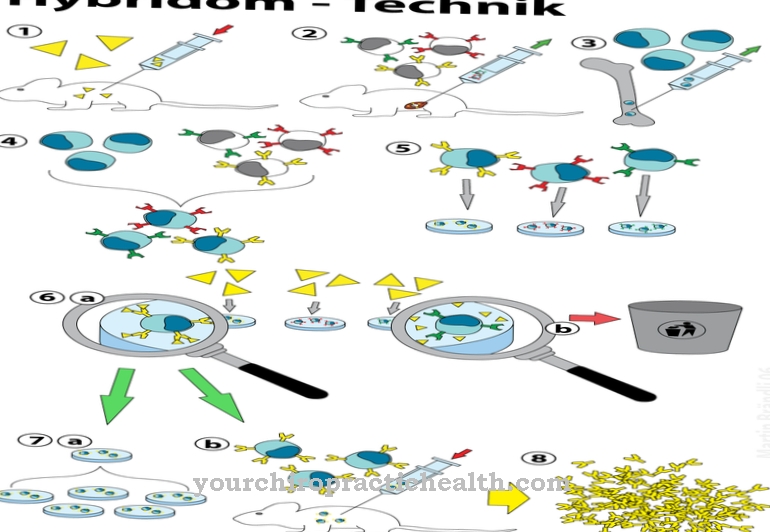
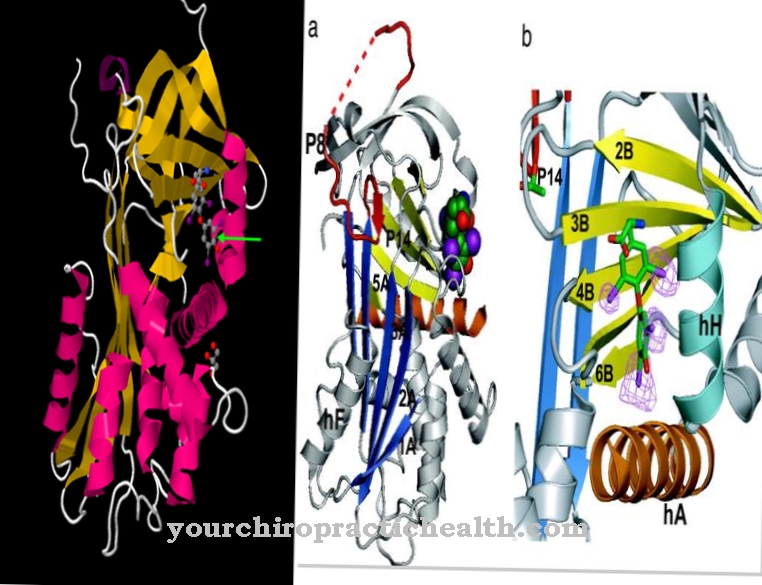
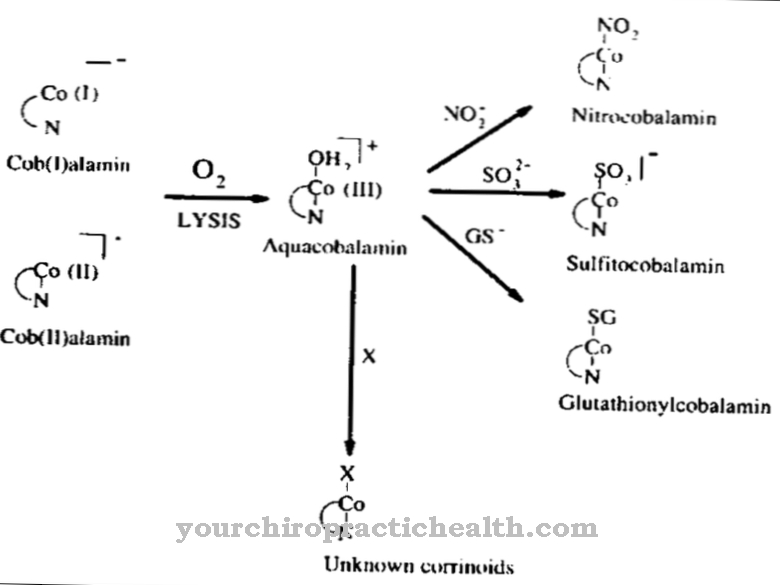


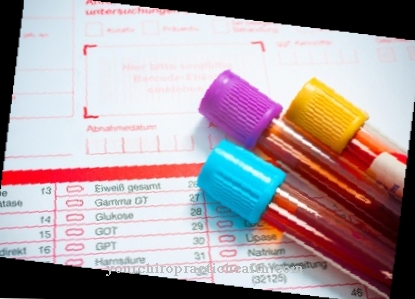

.jpg)
